
Only a handful of dishes can claim to be integral to the cultural fabric and taste buds of Mexicans, and Tacos Al Pastor is one of them, declares Chef Guillermo Edmundo Vidales Favela.
Such is the popularity of this quintessentially Mexican street food that you’ll find a taqueria or street shop in almost every corner of every Mexican city, serving hungry office-goers and tourists succulent shreds of marinated meat shaved hot off a conical rotating spit called a trompo (Spanish for spinning top). It is then wrapped in warm tortilla, topped with onions, a sprinkling of chopped coriander, generous helping of chilli and pineapple for a zing of tangy sweetness. Sounds familiar?
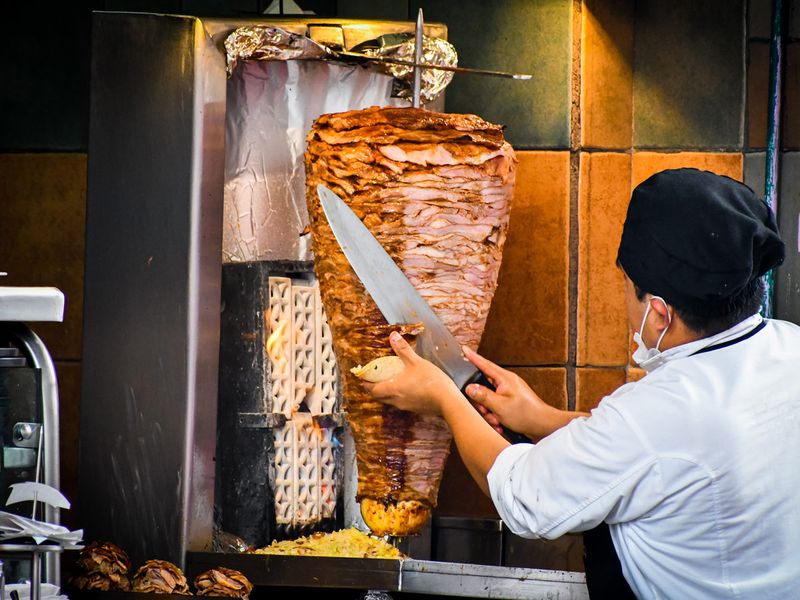
It’s because the Tacos Al Pastor owes its origin to our beloved street food – the shawarma.
"The technique is similar to shawarma. When people from Lebanon came to Mexico and settled in the country almost a 100 years ago, they brought their cooking technique and adapted it to Mexican palates,’ explains Chef Guillermo. He runs the Maya Mexican Kitchen + Bar at the Le Meridien Beach Resort and Spa in Dubai.
He runs the Maya Mexican Kitchen + Bar at the Le Meridien Beach Resort and Spa in Dubai.
‘That’s why Mexican food is such a global hit, you know? Our cuisine is very easy to understand for different kind of palates. And we have a lot of things common with different countries. ‘It’s also very, very tasty,’ he adds with a chuckle to follow.
From Beirut, via Puebla, to Mexico City and the world
While the hole-in-the-wall taqueria called El Tizoncito in the capital Mexico City is credited with making the iconic Tacos Al Pastor famous, the marriage of Mexican and Lebanese cuisine is rooted in the east-central Mexican city of Puebla.
The city and surrounding region is home to a sizeable community of Lebanese immigrants, who came to central Mexico in waves, from the late 1800s to early 1900s, escaping the civil war.
Here, Tacos Al Pastor are still called Tacos Arabes and continues to be served in pita bread, like it originally was. Even the Mexicanised moniker Al Pastor, which translates to shepherd’s style hints at it lamb-based origins.
But in a what is an exquisite example of both culinary and cultural assimilation of immigrants in their host country, the creamy, sesame seed based Middle Eastern tahina has been swapped for the spicy chipotle and salsa, along with the lamb for more locally preferred varieties of protein. The end result is a scrumptious Lebanese-Mexican delicacy that has put Mexico on the gastronomical map. In 2019, it was apparently ranked as the world's top dish.
Another famous Lebanese-Mexican export that’s reflective of the South American nation’s mix of cultures?
Actor Salma Hayek, who hails from Puebla’s neighbouring city of Veracruz.
Middle East, Mayans, Spanish – Mexico’s myriad culinary influences
The bedrock of Mexican cuisine’s success lies in its ability to adapt, evolve and incorporate an array of flavours and ingredients from all the cultures it has rubbed shoulders with, points out Chef Guillermo.
In the book ‘Tacos, Tortas, and Tamales: Flavors from the Griddles, Pots, and Streetside Kitchens of Mexico’ by Chef Roberto Santibanez, the rampant use of spices such as cumin and cinnamon and queso de Oaxaca, a stringy ball of cheese similar to the Lebanese majdoul, are all said to have wound their way into Mexico from the Middle East through trading and immigration.

Even the warak enab or dolma (stuffed wine leaves) find a spot on Mexican menus under the moniker tacos de parra (Spanish for grape vine).
But the Levantine culture isn’t the first or only to have shaped and moulded modern-day Mexican cuisine. The most indelible and obvious influence is the 300-year-long Spanish reign."‘Main recipes from Mexican cuisine is a mixture of the endemic people and Spanish – churros, chile nogada (poblano chiles stuffed with picadillo and drenched in a walnut-based cream sauce) are all a result of the Spanish influence, " explained Chef Guillermo. The Spaniards also introduced wheat.

But long before the first Spanish armadas sailed into Mexico in the 14th century, the Mayans set the ball rolling in the 1300s for Mexico’s culinary adaptability, when Aztec tribes ruled the country.
"Those ingredients and cooking techniques are still used today," said Chef Guillermo.
"The method of cooking in pits come from ancient Mayans, and we use it for dishes such as Barbacoa, which comes from the state of Hidalgo. It’s a mutton-based dish where the goat is covered in flavoursome maguey leaf and cooked in a pit dug into the ground. The leaf and salt are the only flavourings used in the preparation, and it’s so delicious you don’t even need any spice!’
"The method of cooking in pits come from ancient Mayans, and we use it for dishes such as Barbacoa, which comes from the state of Hidalgo.
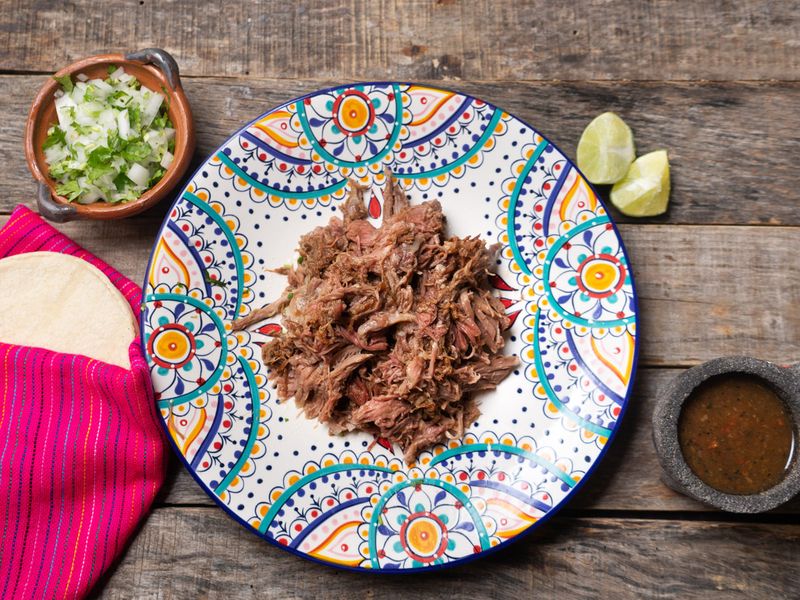
In the North of Mexico, where Chef Guillermo hails from, the Barbacoa appears much spicier, dressed up with "chile guajillo (milder chillies), some onions, tomatoes and potatoes".
Other culinary elements the Mayans have bequeathed are chile habanero, the spice hoja santa (Mexican pepper leaf), cacao and by extension chocolate, but most importantly corn. "The base of Mexican food is corn," added Chef Guillermo. It is to Mexican cuisine what wheat is to American and Europe.
So how is it that tortillas our burritos are wrapped in and the crunchy tacos we bite into are more often than not wheat-based?
That, says Chef Guillermo has a twofold reason – Mexico’s regional differences (more wheat is consumed in the North) and the rampant Americanisation of Mexican cuisine known as Tex-Mex.
The Tex-Mex Mexican mix-up
Borders might separate the American state of Texas from Mexico, but when have lines drawn on a map ever restricted the osmosis of food habits between neighbouring countries?
And so, even though the Texas Revolution of 1821 ensured the Lone Star state broke up with Mexico to join the US, the state’s affair with Mexican cuisine has continued over the years. Just like the term Tex-Mex evolved, from being an abbreviation to describe the Texas and Mexican Railroad, to then being used to describe Tejanos (Texans of Mexican descent) and finally the name of the cuisine, so have Tex-Mex dishes. From its humble beginnings as Tejano home-cooking, the fusion cuisine is known as a commercial tour de force powering global fast-food chains such as Taco Bell, Chili’s, TGI Fridays, Chipotle and more.
Tex-Mex is so ubiquitous on a global scale, diners inadvertently assume it’s the same as Mexican cuisine.
That nachos you love munching on in the cinema? Tex-Mex.
Chilli con carne? Tex-Mex.
If you’re thinking, "c’mon Fajitas have got to be Mexican!" Muchos incorrecto. It’s as Tex-Mex as it gets.
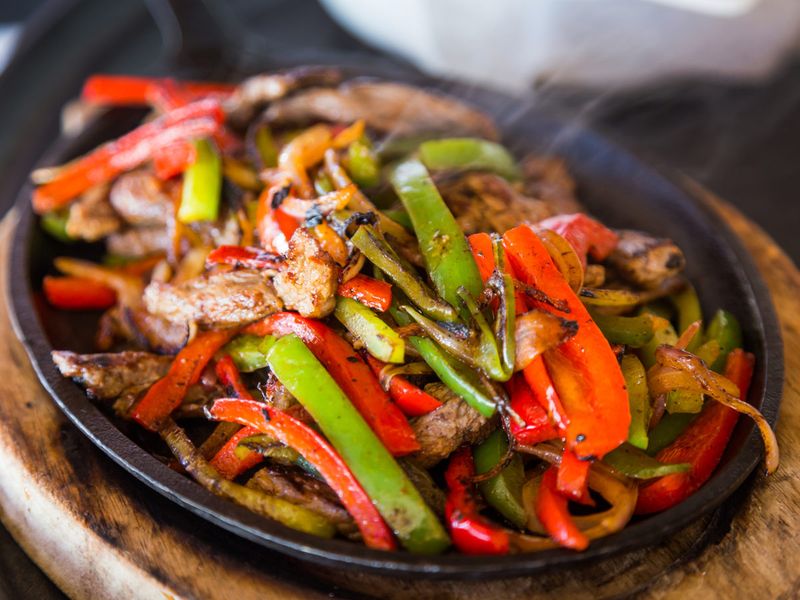
Tex-Mex and authentic Mexican cuisine each have distinctive identities.
"Tex-Mex has a sweeter flavour profile, it’s also cheesier and creamier and the use of cheddar cheese and sour cream isn’t something you find in Mexican cuisine," said Chef Guillermo.
Even the use of ground beef, he says, is a very Texan characteristic. "We do use ground beef in a few dishes. Our picadillo is similar to chili con carne. But that usage isn’t like Tex-Mex, where almost everything has ground beef."
Another example he gives is of how the Mexican burrito limits itself to two or three ingredients, whereas the Tex-Mex version we’ve all known and loved packs in double those numbers of items.
On the flip side though, there’s no denying Tex-Mex’s similarities to Mexican food. In fact, Chef Guillermo, in stark contrast to a faction of Latin American chefs who riled by Tex-Mex masquerading as original Mexican food, feels that the similarities must be celebrated.
"All foods that are even originally Tex-Mex have their origin in Mexican cuisine. Yes, hard shell tacos were [popularised] by an American woman in Los Angeles (cookbook author Bertha Heffner Ginger) who served crispy tacos. But, the origin of tacos is from Mexico."
He shares an apocryphal tale of the creation of nachos. Legend has it, Ignacio ‘Nacho’ Anaya deep-fried tortilla triangles and doused them in molten cheese and jalapeno peppers when a group of US military wives stopped by for dinner at his restaurant after the kitchen had closed. Anaya’s restaurant was in Piedras Negras, a small Mexican city close to the Texas military base of Fort Duncan. And so, nachos are still a Mexican creation.
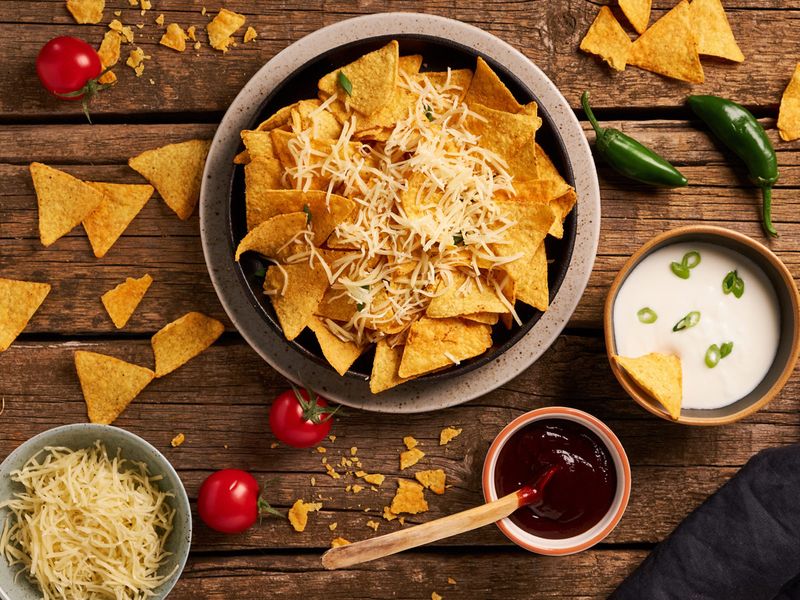
"A lot of people think Caesar Salad is Italian but it is Mexican. It was created by an Italian-American guy, Caesar Cardini who lived in Tijuana on the Mexican-American border," Chef Guillermo pointed out.
"That’s how widespread and varied Mexican cuisine’s reach is."
Rich and diverse culinary heritage
Even within Mexico, it’s hard to bracket the cuisine into a few definitive dishes as regional cuisines are varied and have their own unique identities.
In Northern Mexican diet, wheat is a staple and people consume a lot of wheat-flour tortillas, unlike the south, where corn tortillas rule the roost.
A proud northern Mexican himself, Chef Guillermo who comes from the coastal town of Los Mochis, Sinaloa, talks of how seafood is vital to the regional cuisine. "We eat a lot of ceviche. You can find nice scallops, tuna shrimp dishes like Aguachile. The food is simpler in flavour and often smoked or grilled."
Down south, however, it’s muy caliente or sizzling hot, he points out.
"The cuisine there is more aromatic and sauce-based because of the Mayan heritage. You find a lot of moles – dark or red brown sauce similar to curries. They use a lot more chilies, even their salsas are spicier. There’s one called Xni-Pec which means Dog Nose in Mayan [because it makes you perspire like a dog’s nose]."
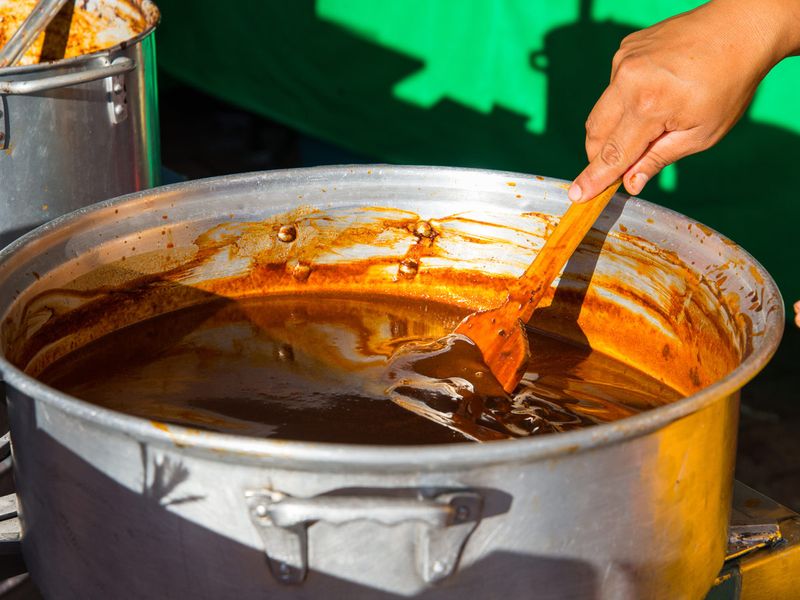
Bugs such as grasshopper and an ant called chicatana are also some more radical delicacies of southern Mexican cuisine. The southern city of Oaxaca is Mexico’s gastro-historical capital.
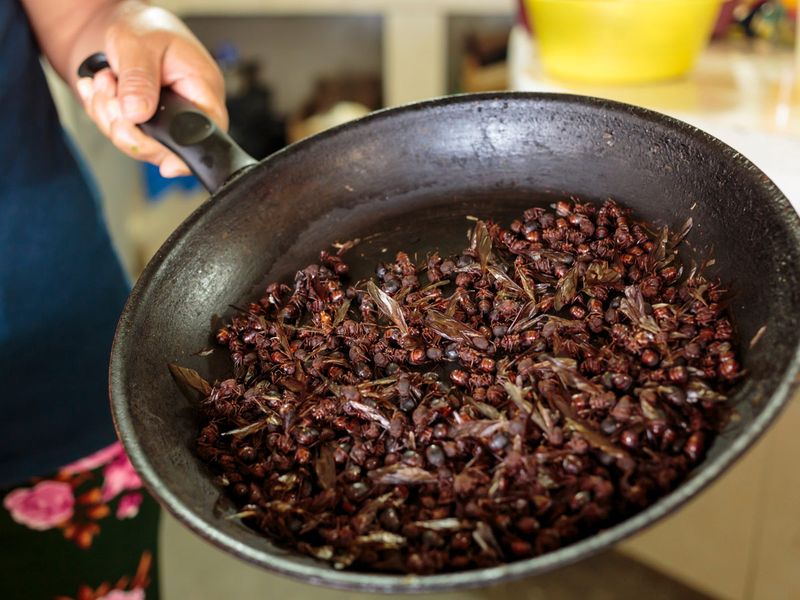
But despite these regional differences "the use of corn, chillies – of which Mexico has at least 100 different varieties and use of indigenous spice mixes such as chilhuacle, hoja santa, oregano de la sierra and avocado leaf unites Mexican cuisine’ and gives it a gastronomical edge over other cuisines," Chef Guillermo added
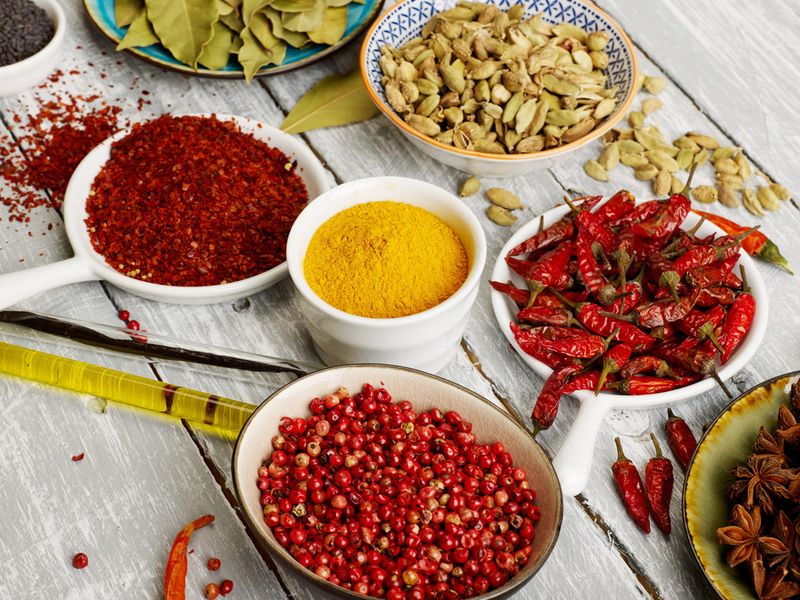
"Outside of Mexico, people maybe know only 20 to 30 per cent of Mexico’s [cuisine]. I’m grateful when people who want to explore and discover Mexican food beyond nachos and fajitas. There is a lot more to our culture and the way we eat."
Note: This article was first published in October 2021.
Tell us about your favourite dishes or recipes at food@gulfnews.com















